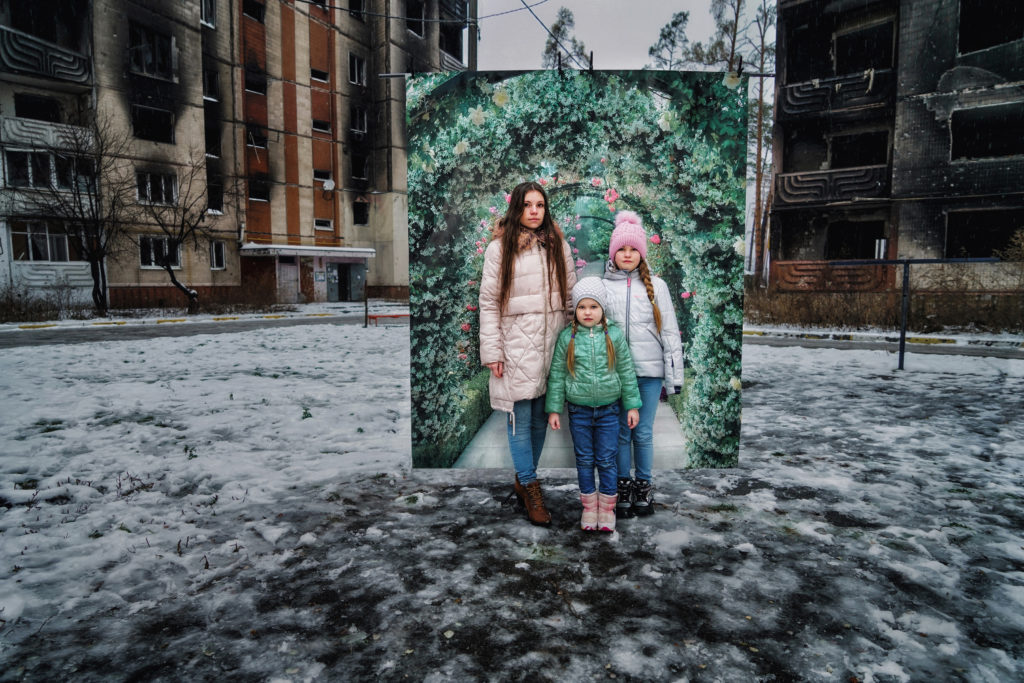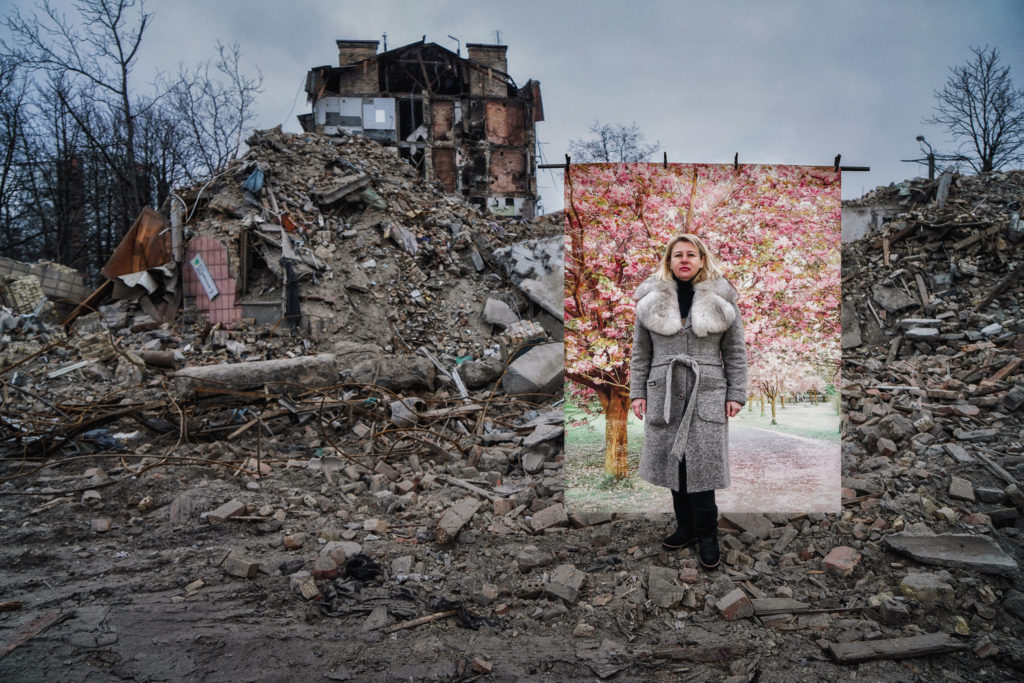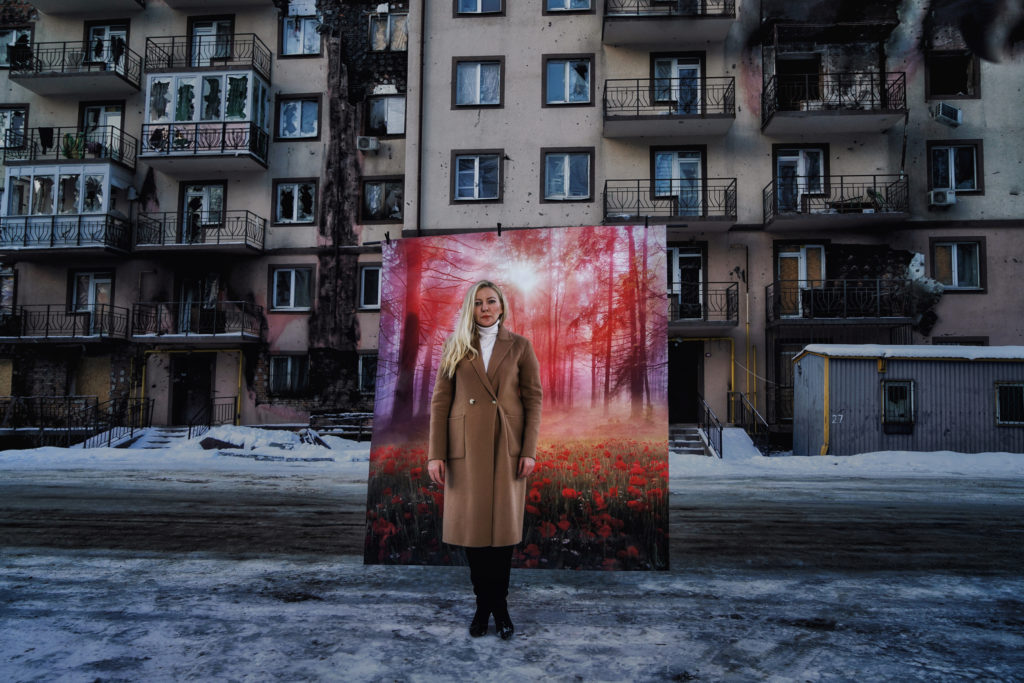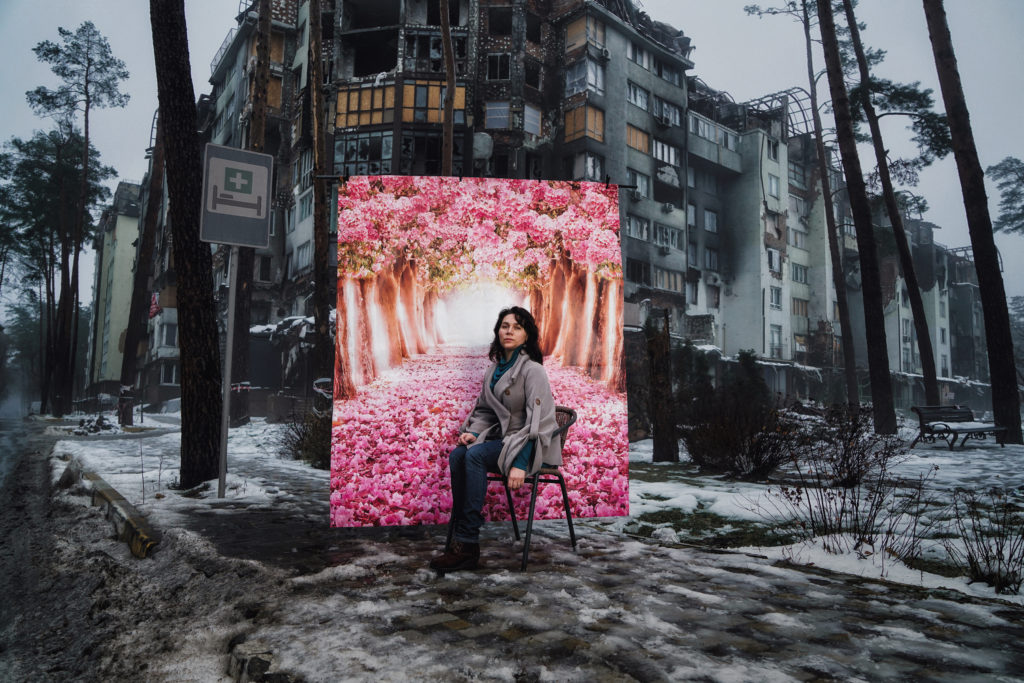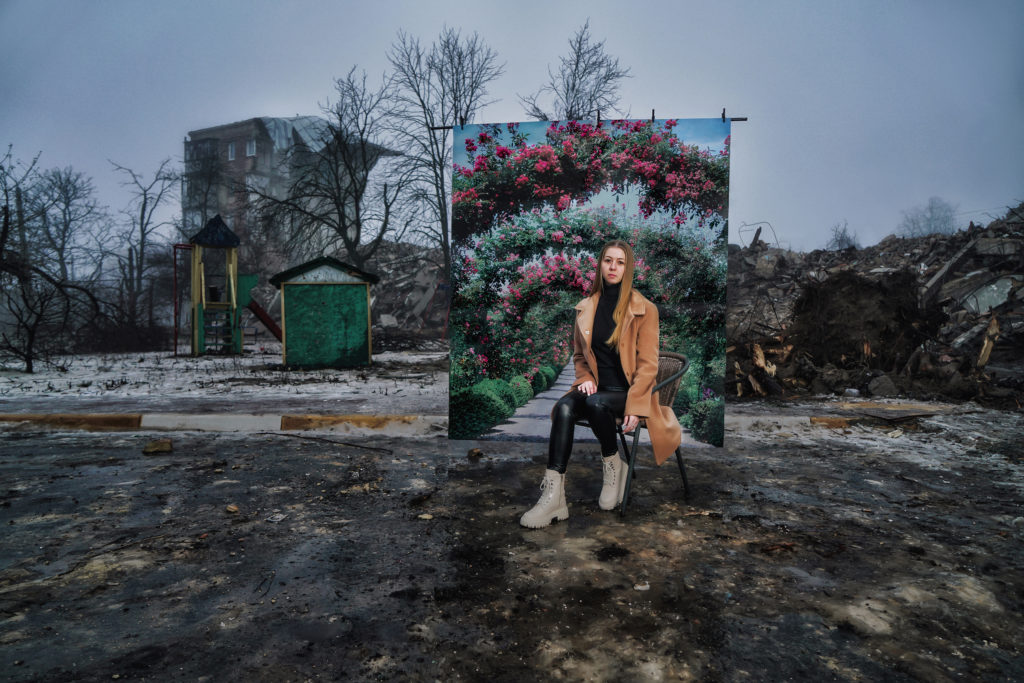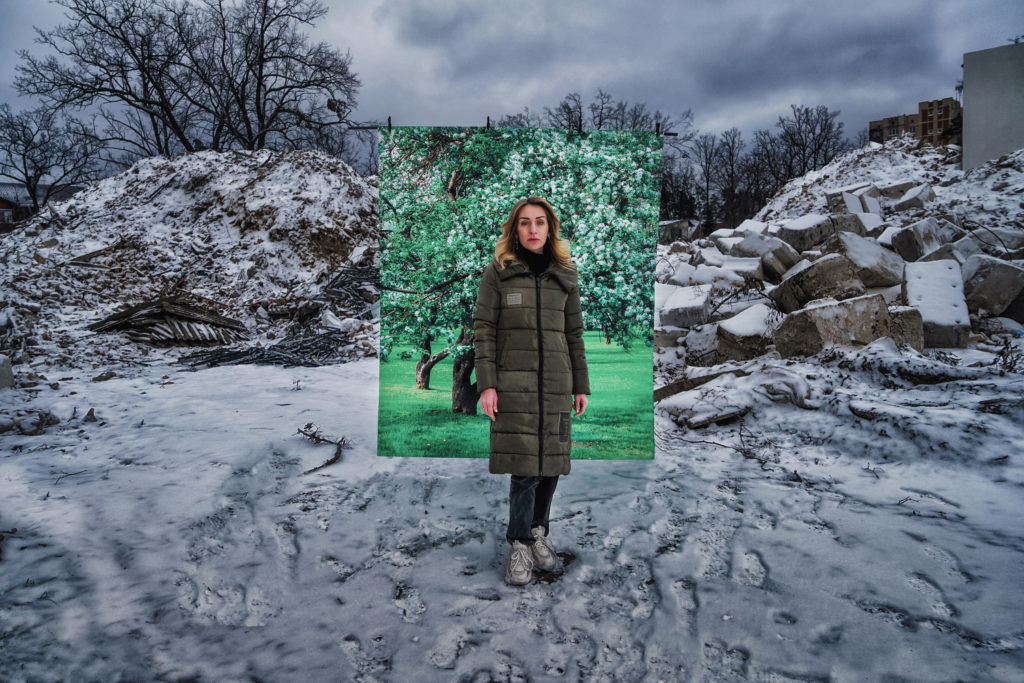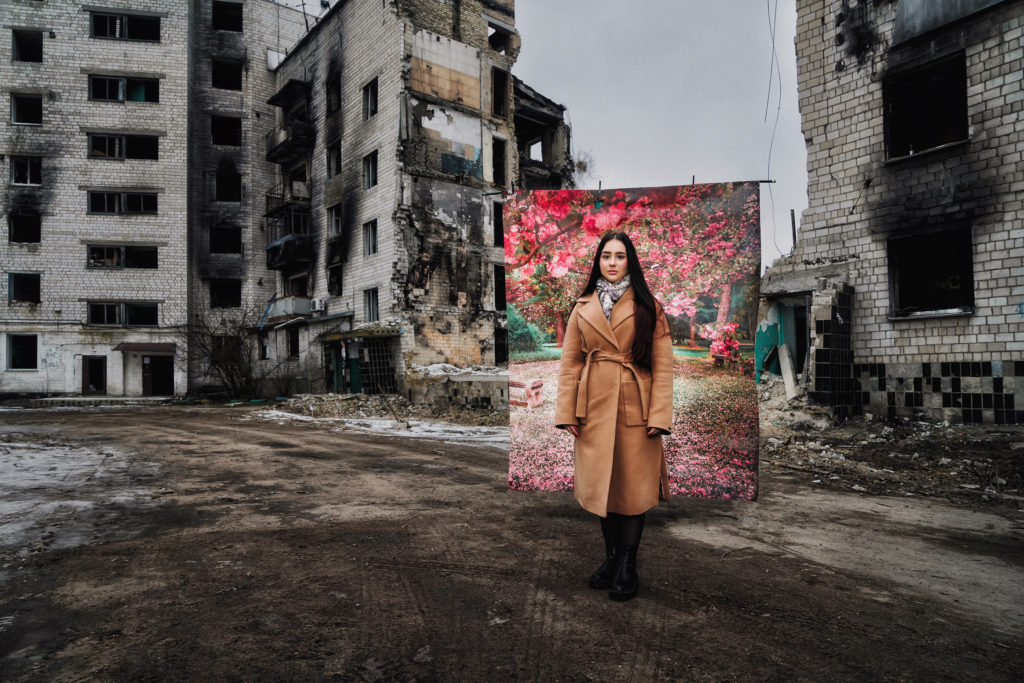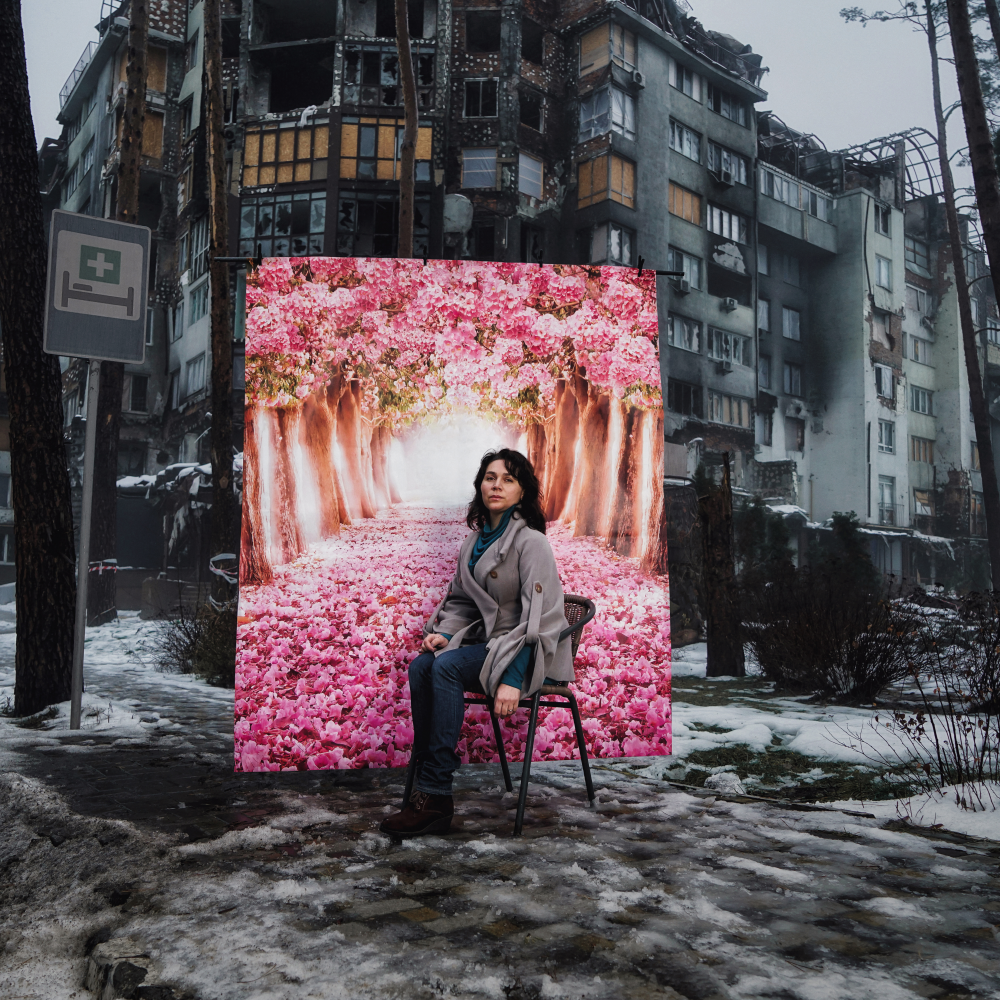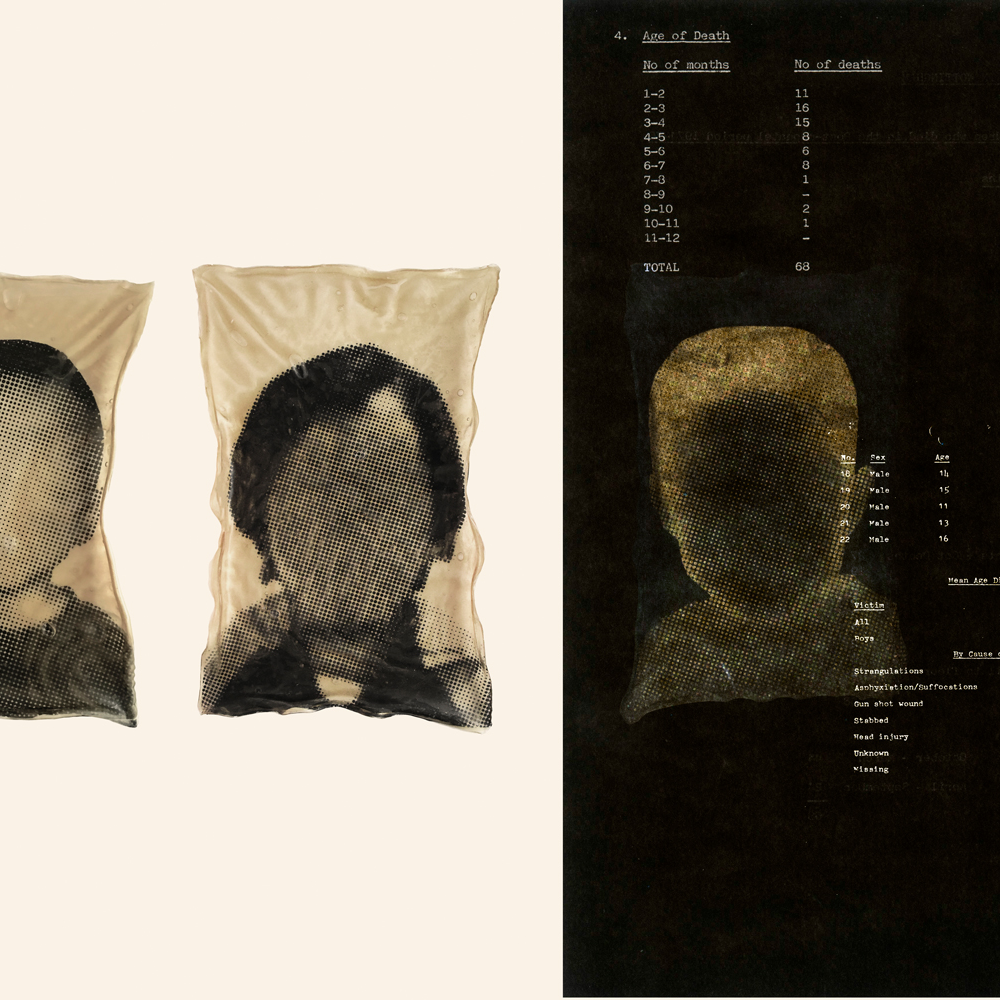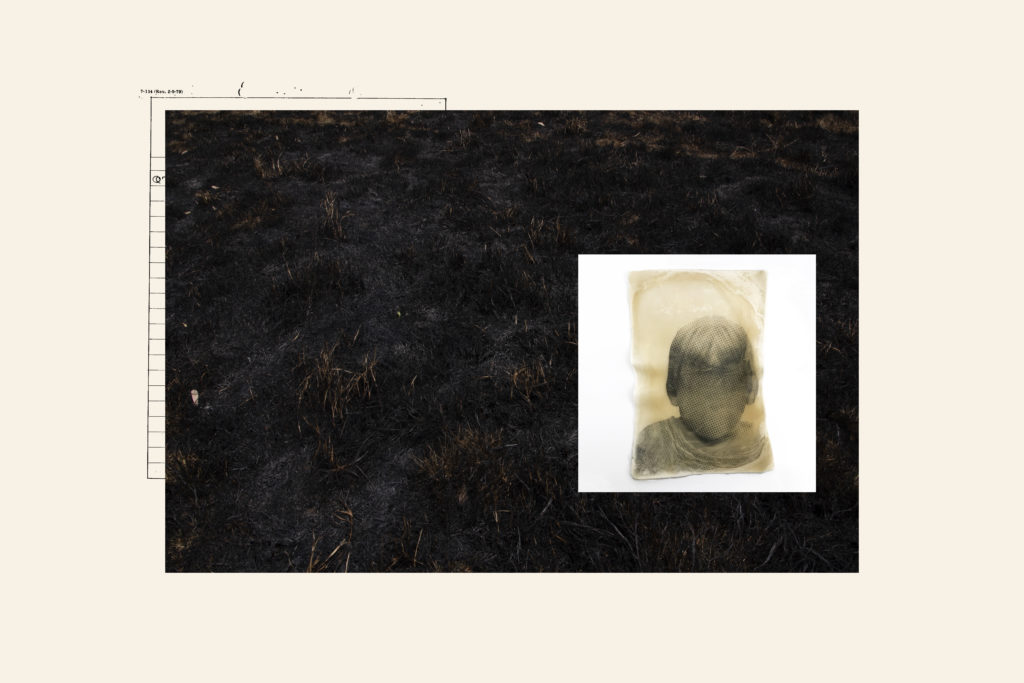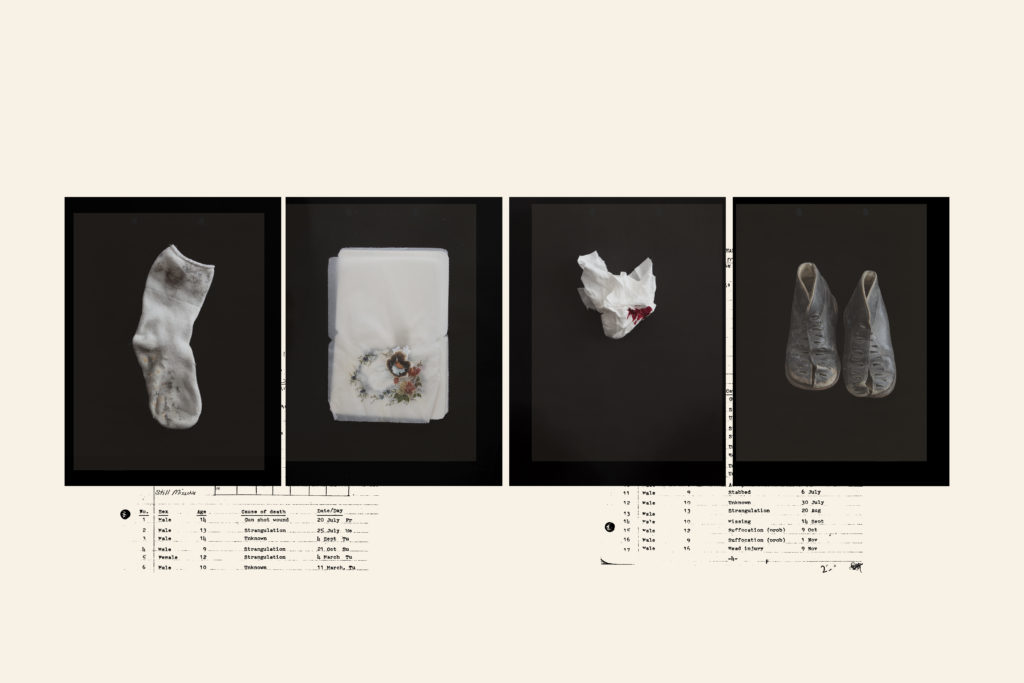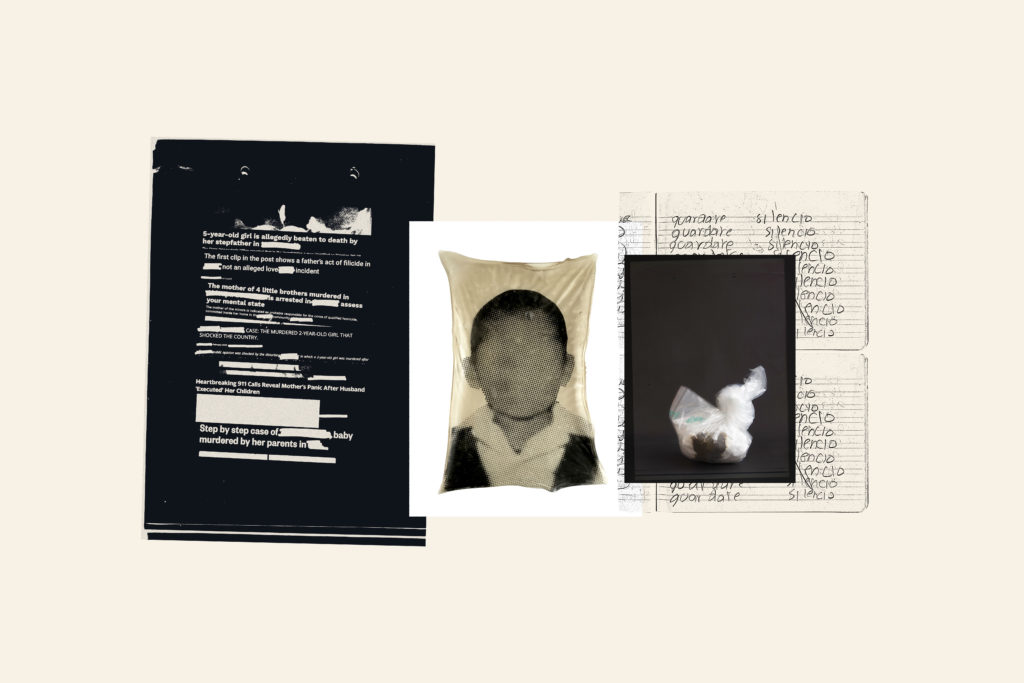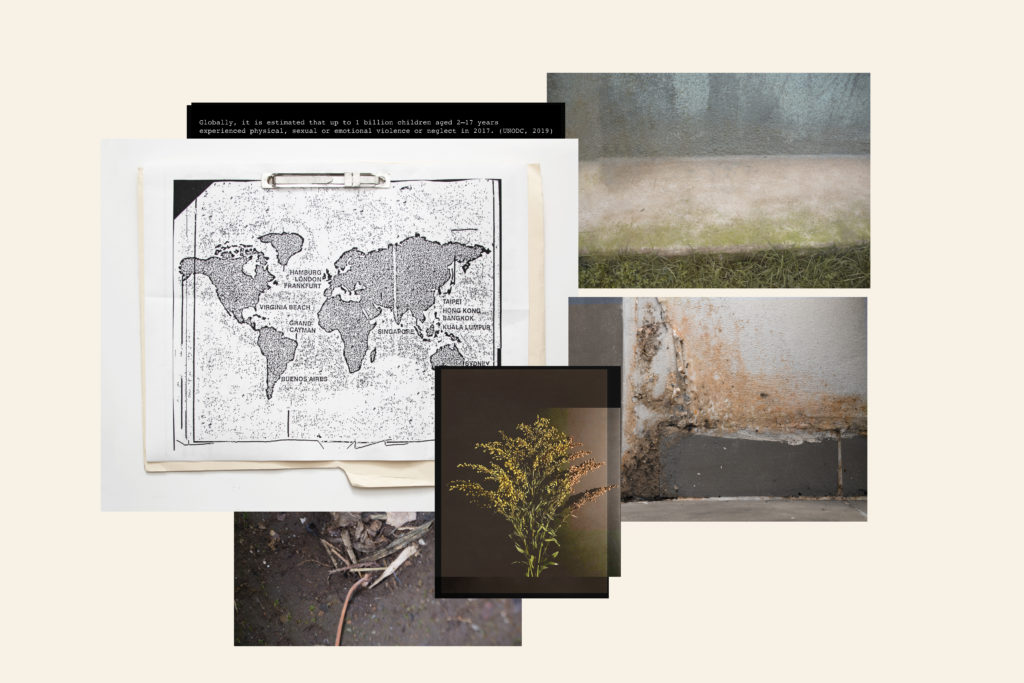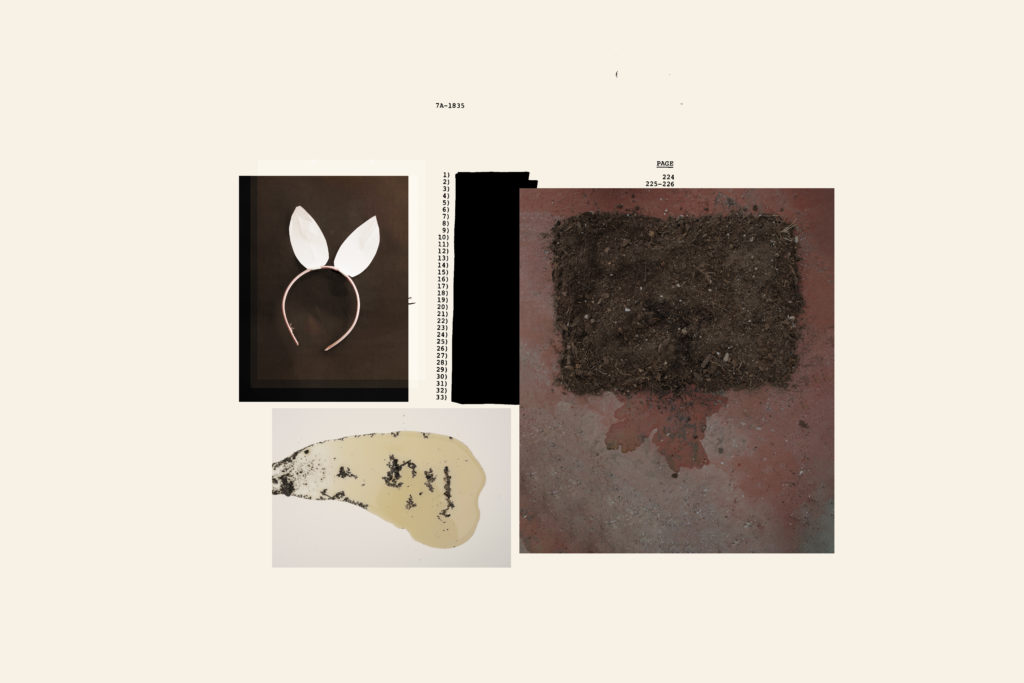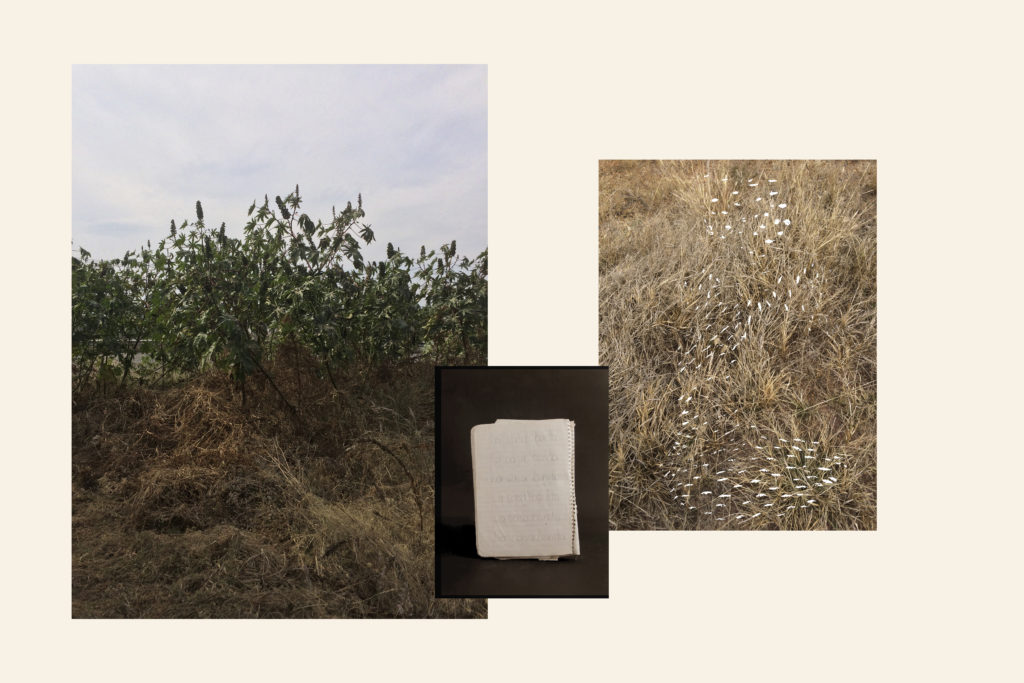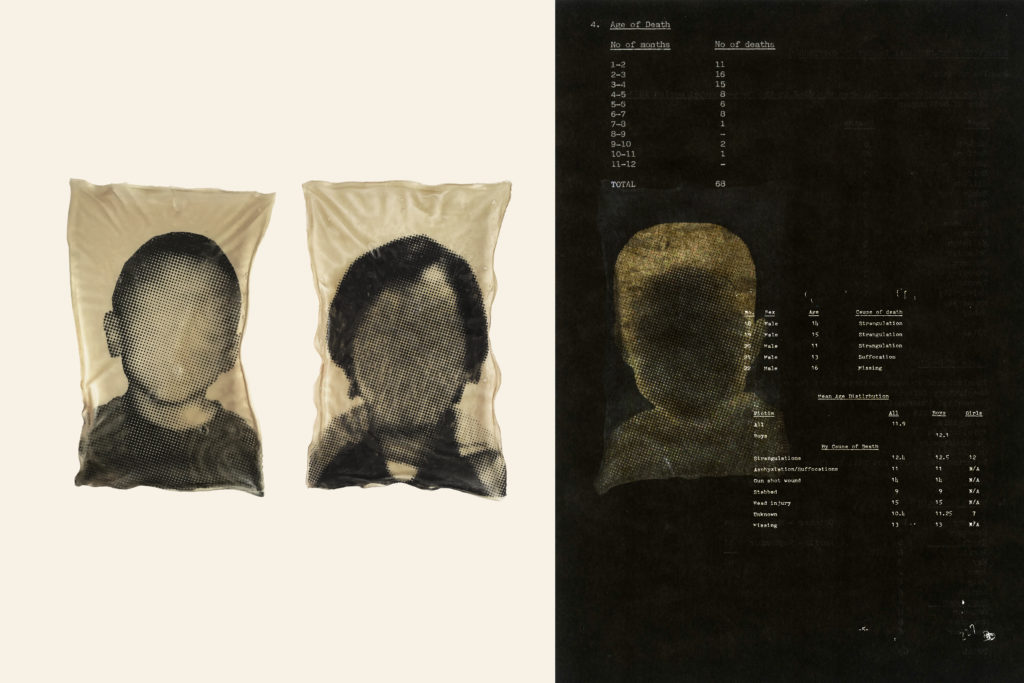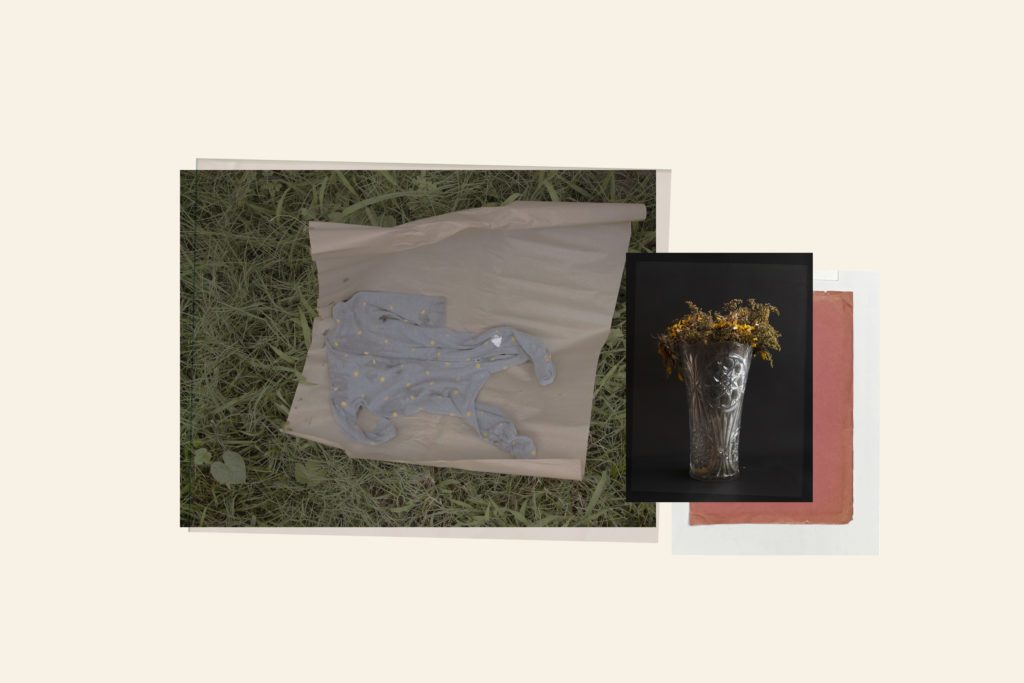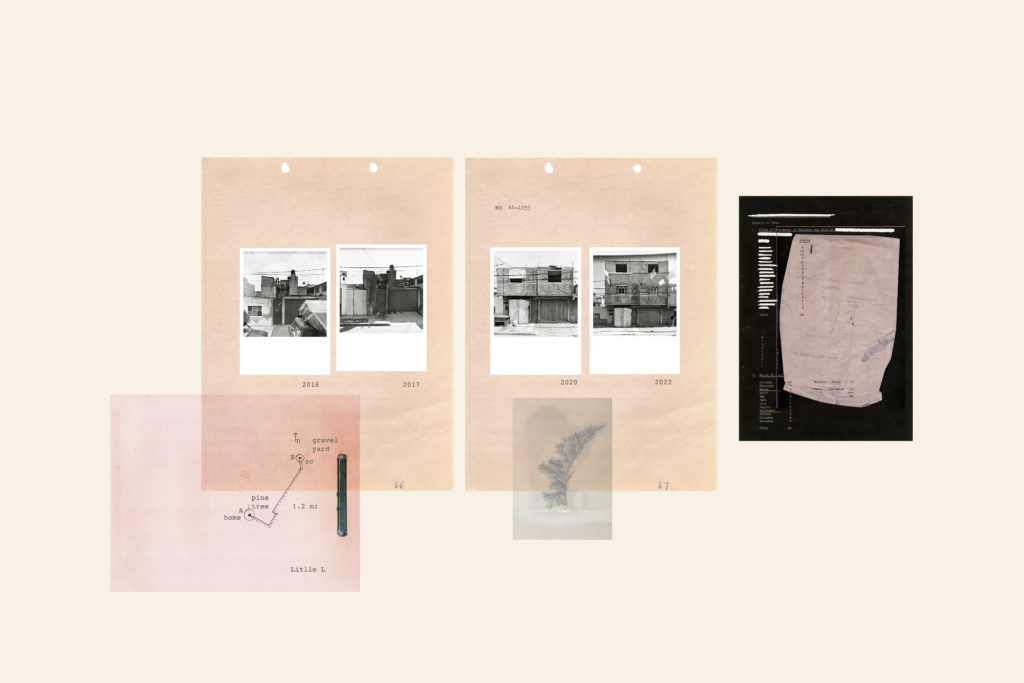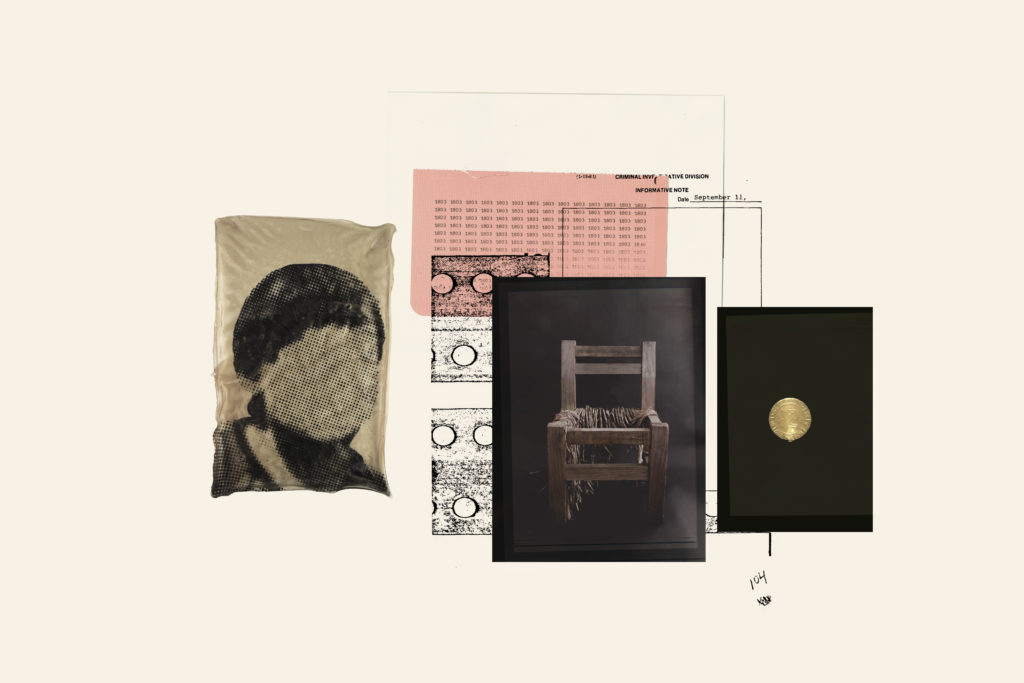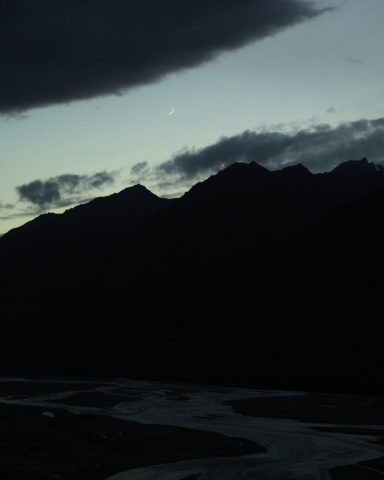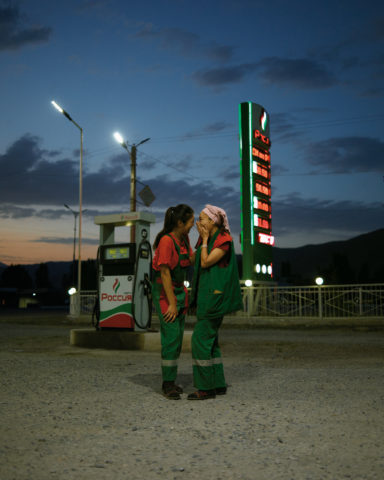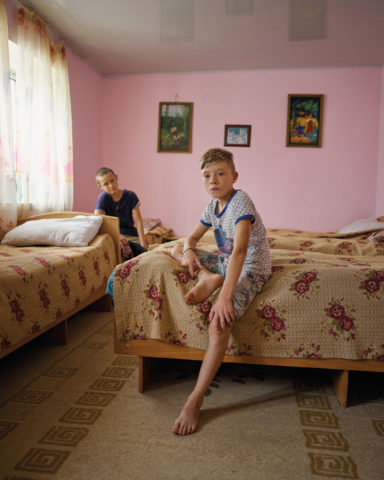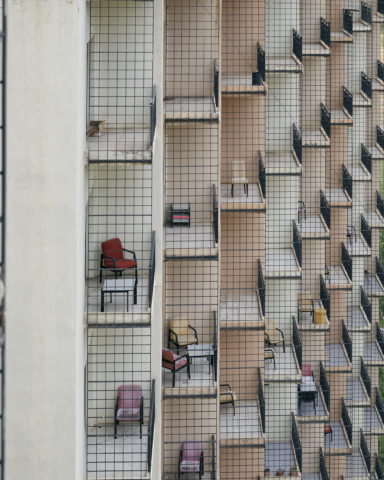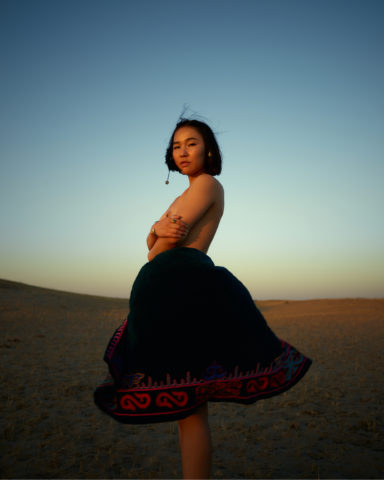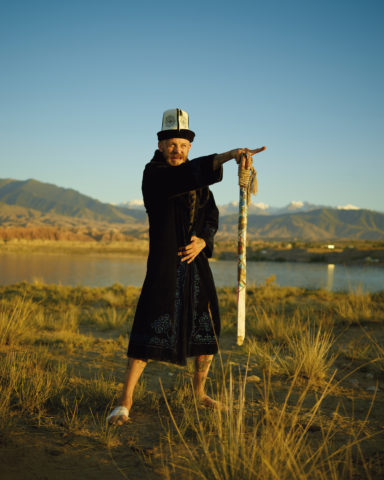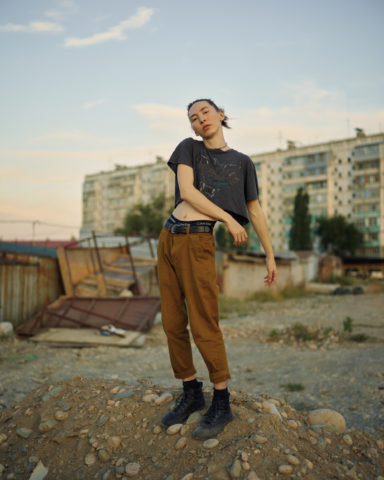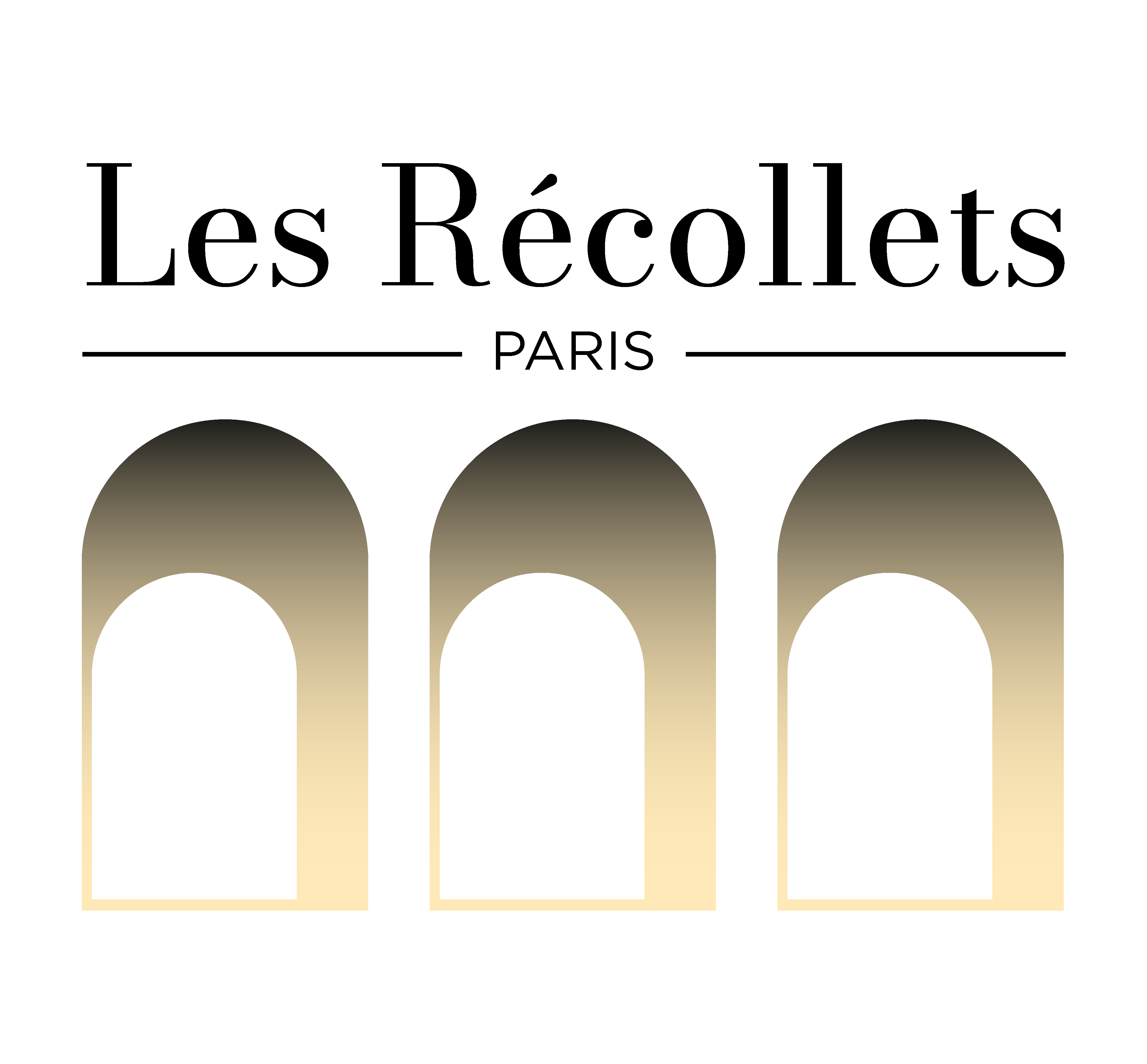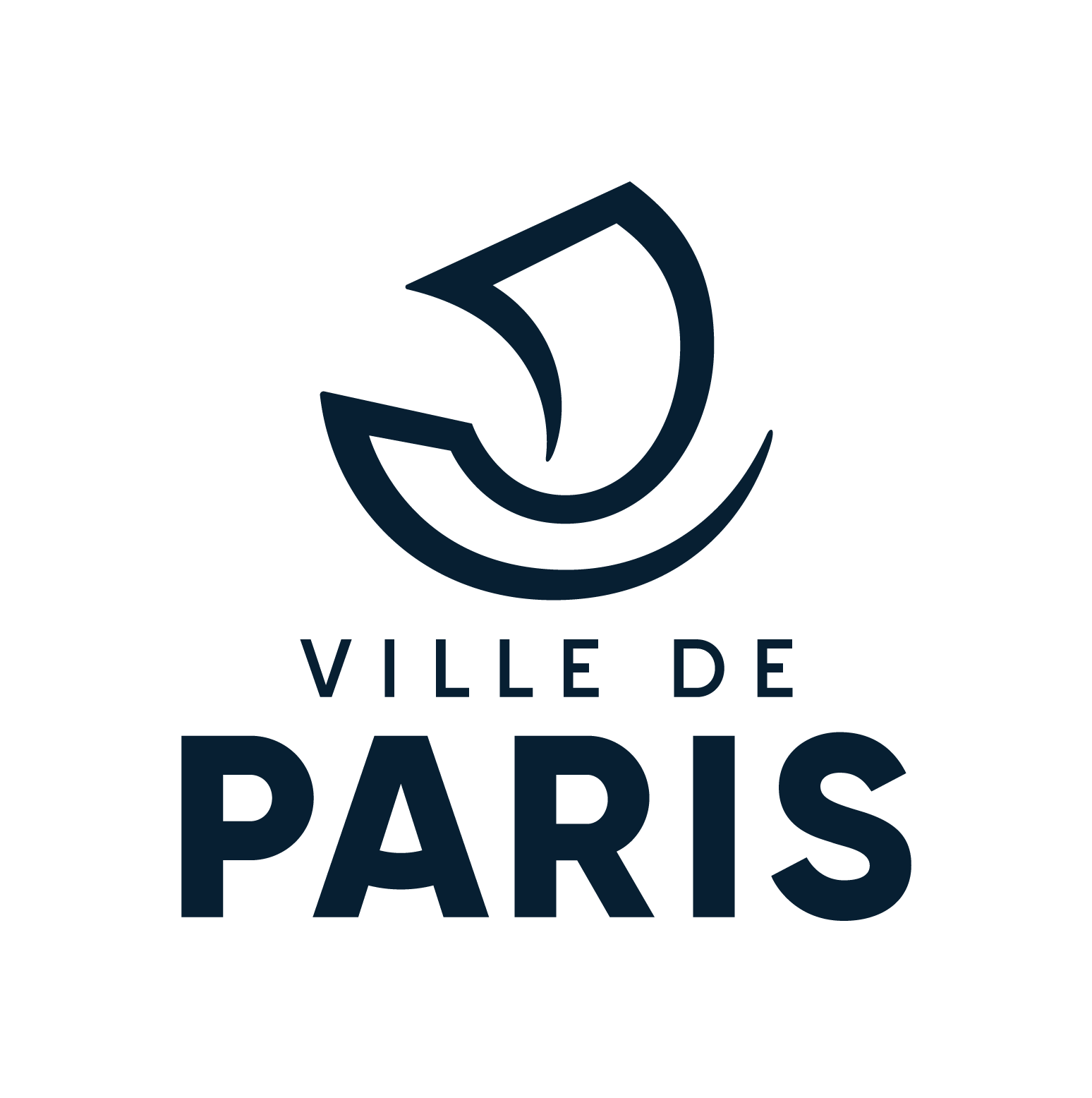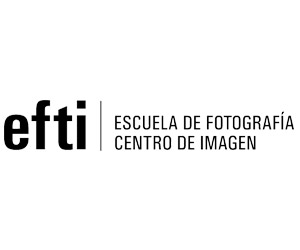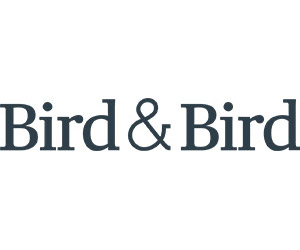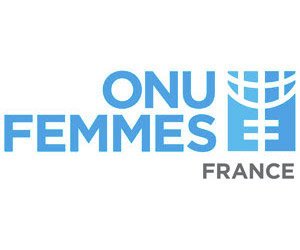Imilia
The Bolivian ‘polleras’, bulky skirts commonly associated with the indigenous women from the highlands, were for decades a symbol of uniqueness but also an object of discrimination. Now, a new generation of women skateboarders in Cochabamba, the country’s third-largest city, wears them as a piece of resistance. The voluminous attire has its origins in the Spanish conquest, in the 16th century. It was imposed on the native population, but through centuries the garment became part of the local identity. Since it symbolizes authenticity and stigmatization, dusting off the polleras that once belonged to aunts and grandmothers seemed the obvious choice for Dani Santiváñez, 26, a young Bolivian skater who wanted to reclaim her roots. She and two friends created in 2019 the female collective “ImillaSkate” “as a cry for inclusion”. ‘Imilla’ means ‘young girl’ in Aymara and Quechua, the two most widely spoken languages in Bolivia, a country where more than half of the population has indigenous roots. “We are no different, we all are indigenous descendants”, says Santiváñez referring to the nine women who are currently part of the group. They don’t wear the polleras on a day-to-day basis, but only for skating. Knee-length and paired with sneakers, as it happened in the past, the polleras adapted again and became a symbol. The imillas, who practice to compete in local tournaments, use this presence and their skateboards as a natural vehicle to empower women and push their message of inclusion and acceptance of diversity.
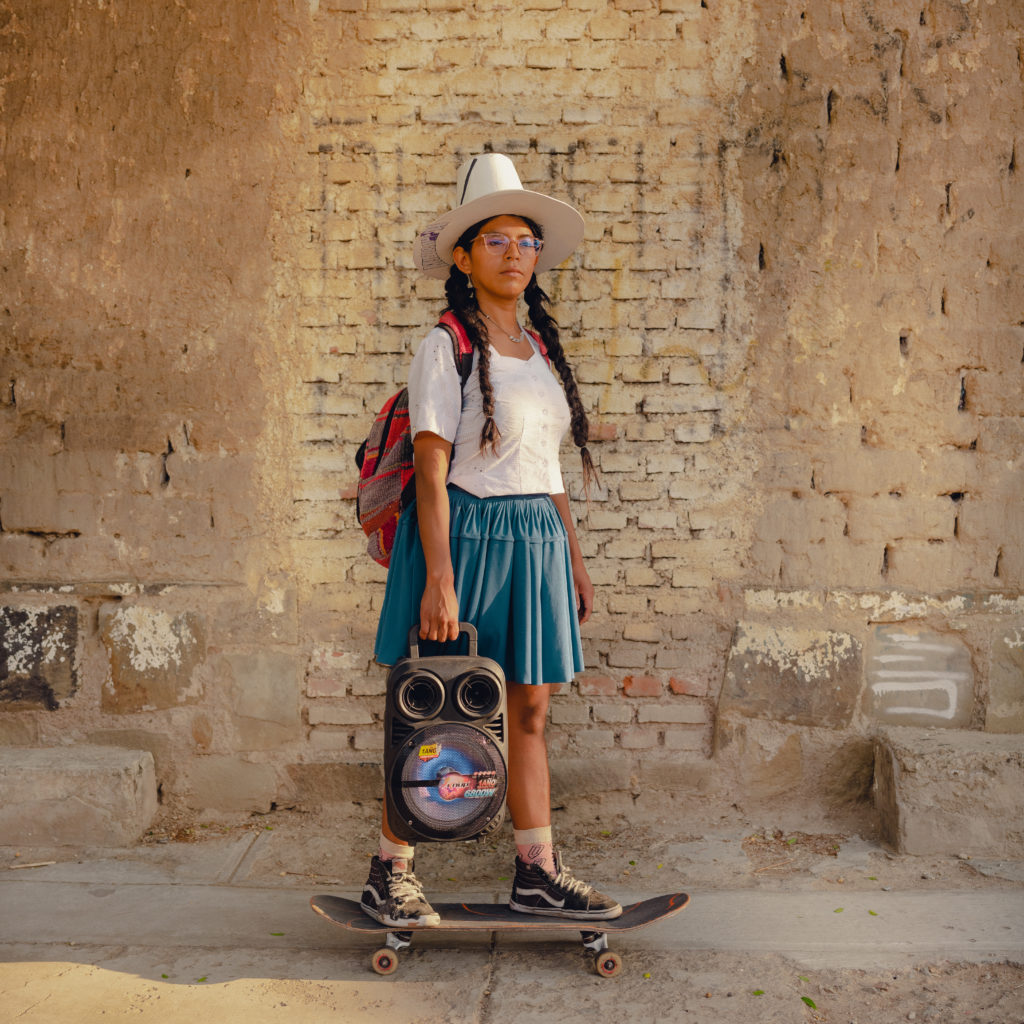
Deysi Tacuri Lopez (27)
She started skateboarding at around 20 years old. Even though she had hard falls, she decided to continue practicing anyway. She says that skateboarding is an inner happiness for her, not only a sport but an activity that changed her lifestyle and helps her everyday on her struggles. The Pollera outfit is seen by her as an authentic and unique expression – « I wear what I like. My mother has a saying – I was born wearing a Pollera and I will die wearing one – and I carry on her belief. I feel comfortable as I am, wearing a Pollera. »
Deyse has the intention to popularize the skate culture in Bolivia, creating more opportunities for the new generation without losing the focus on their roots.
“It’s not only about wearing the pollera outfit, it’s also about getting better in the sport, making new manuvreus. We started as regular skateboarders, with time we had this idea about dressing up like cholitas because it identifies us, nowadays it is a fusion of both things.
Skateboarding for me is about progress in my life” says Deysi.
Deysi won several medals in Chile and Bolivia, some of them the 1first place.
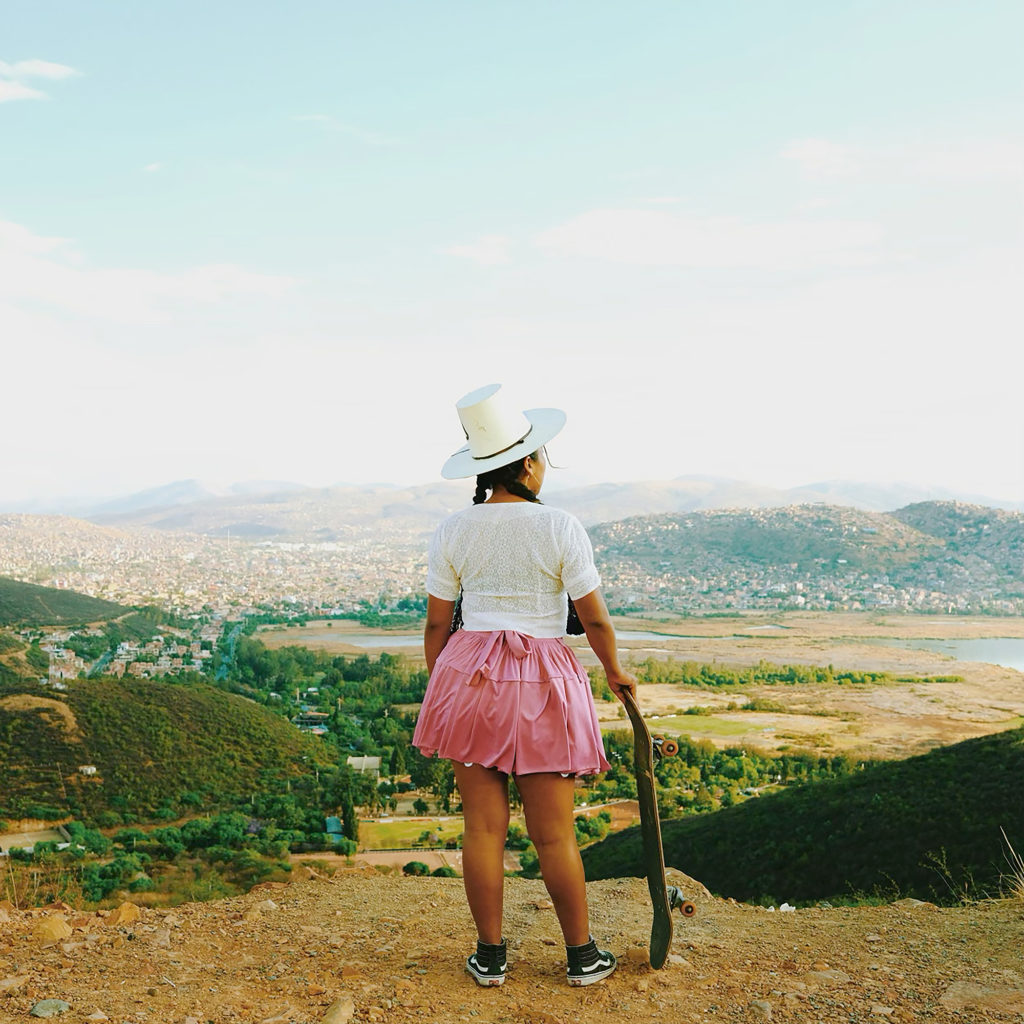
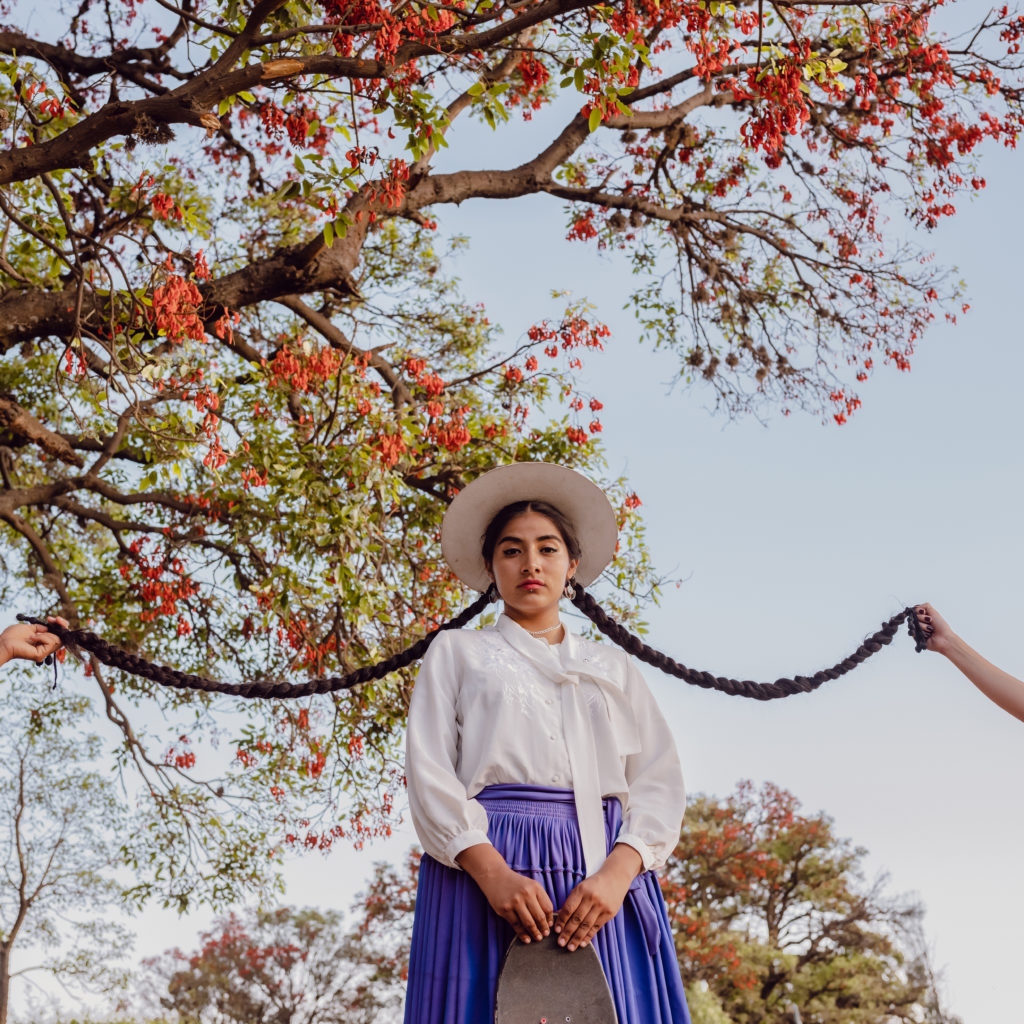
Huara Medina Montaño (24)
Huara started skateboarding when a child with her brother’s board. After it broke, she didn’t skate again until January 2019 when she met the skateboard world as an urban art. « When I returned to skating, I felt free, I felt like I was that little girl again, happy. I have never left it again. »
Huara mentions how important is the presence of her grandmother in her life. When she is dressed as a Cholita, she looks at herself in the mirror and sees the picture of her grandmother and it inspires her to carry on and become like her, a strong woman.
« I would like to be able to break the limits of expression and transmit to the entire world the richness that we could comprehend through this sport and the love to our culture together… the principles, the knowledge… To create a new way of thinking for a new society. »
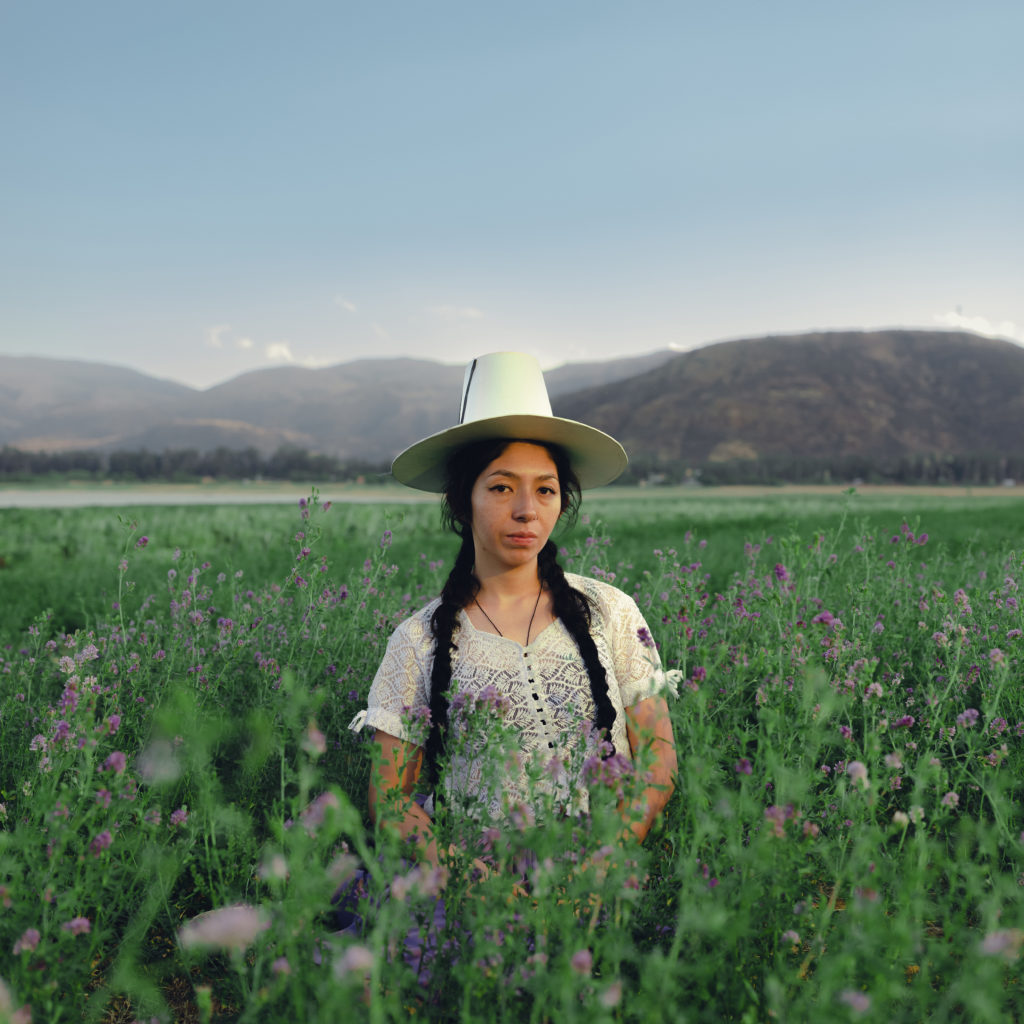
Daniela Nicole Santiváñez Limache, 25
Dani was introduced to the skate world by her brother when she was a child. In 2019, after she graduated from university, she got to buy her first skateboard and dedicate herself to practice.
She explains that dressing up in Pollera’s skirts carries a social connotation – « Pollera women are mostly indigenous people and/or mixed race who wear classical and traditional outfits, usually they live and come from the outskirts though there is also Pollera women in the cities, they are considered part of the marginalized population in Bolivia, there is also a great rate of discrimination in Bolivia »
She says that her great-grandmother was a woman that wore polleras. Nowadays, Dani also wears the outfit. The idea of praising her roots is what motivates her and she is not ashamed of that. She loves Bolivia’s reality, and believes that all people in the country have some Pollera influence in them and there is no point in hiding it because it’s beautiful.
« imillaSkate wants to eradicate these discriminatory thoughts and actions »
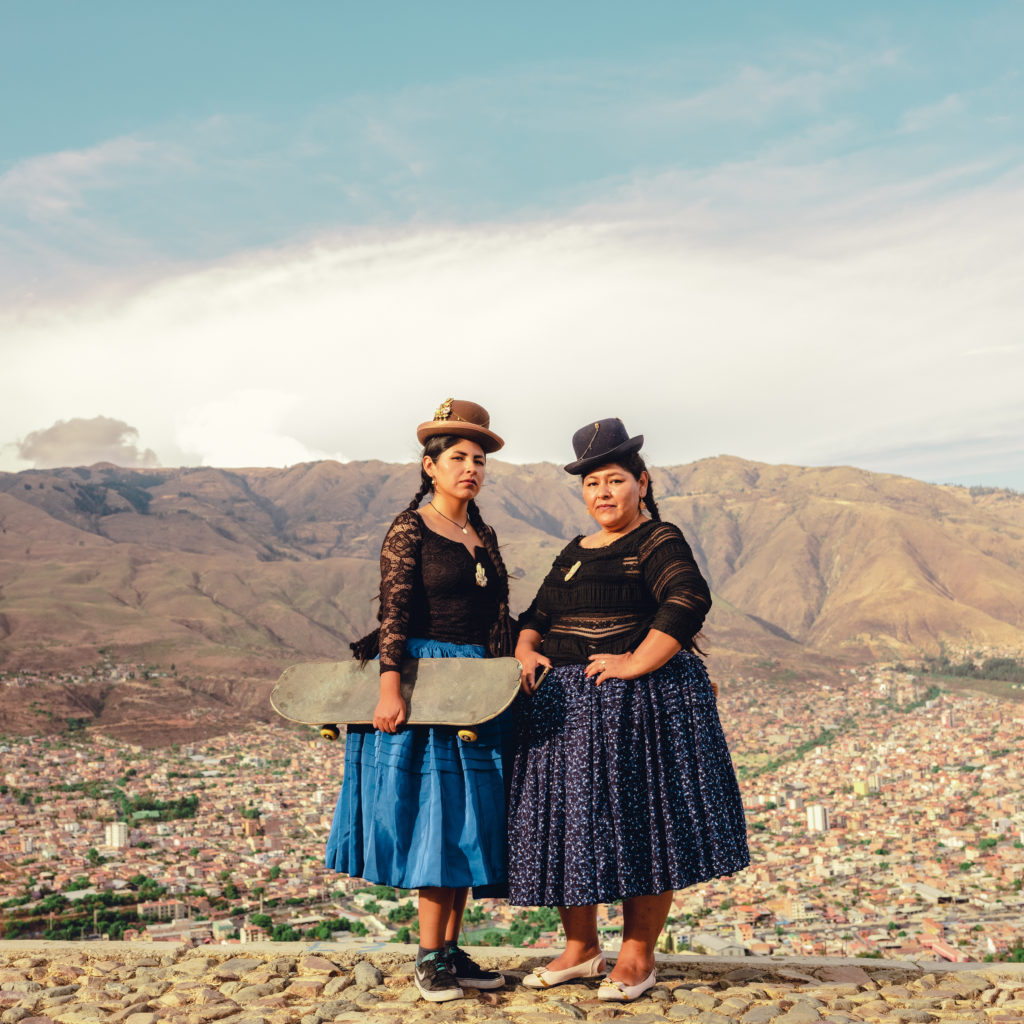
Joselin Brenda Mamani tinta (27) and Lucia Rosmeri tinta Quispe (46)
Brenda and her mother are considered Pollera women from a different ethny called Aymara from La Paz.
Brenda started skateboarding 6 years ago and felt that this activity could give her direction, something to learn that would stimulate her to drop her fears and get out of her comfort zone. She says – « It makes me feel capable because I can break my own limits and I can dare to do things that I have never thought about, and like this I can get over my daily fear.
For her skateboarding in Pollera outfits means a challenge by itself because it is very hard to skateboard wearing a voluminous skirt but she knows that perseverance and practice will help and she has been improving her skills. For her this activity represents her roots, the place she comes from and who she is.
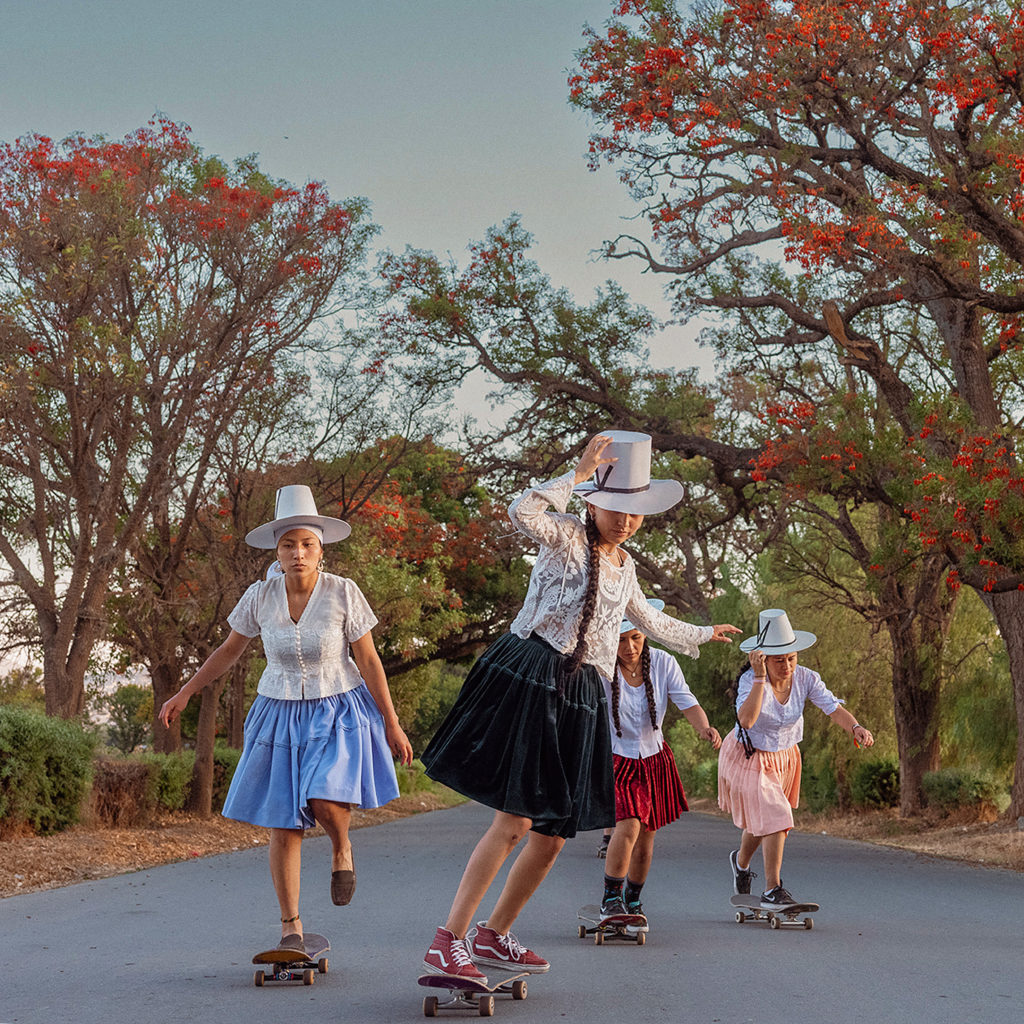
Pairumani Park Entrance
This is one of the girls’ preferred spots for skateboarding for its beauty. It is a little downhill located in Quillacollo on a road that goes to the Ecotourism Park of Pairumani, in the outskirts of Cochabamba. « We have a wide variety of plants and trees here, that’s why Cochabamba is called « Ciudad Jardín » which translates to Garden City, says Dani.
ImillaSkate wanted to share places that represent their town and the nature that is always present. The road is filled with iconic trees from Cochabamba’s flora and it is also the area of plantation fields that are responsible for many agricultural workplaces for many people in the community.
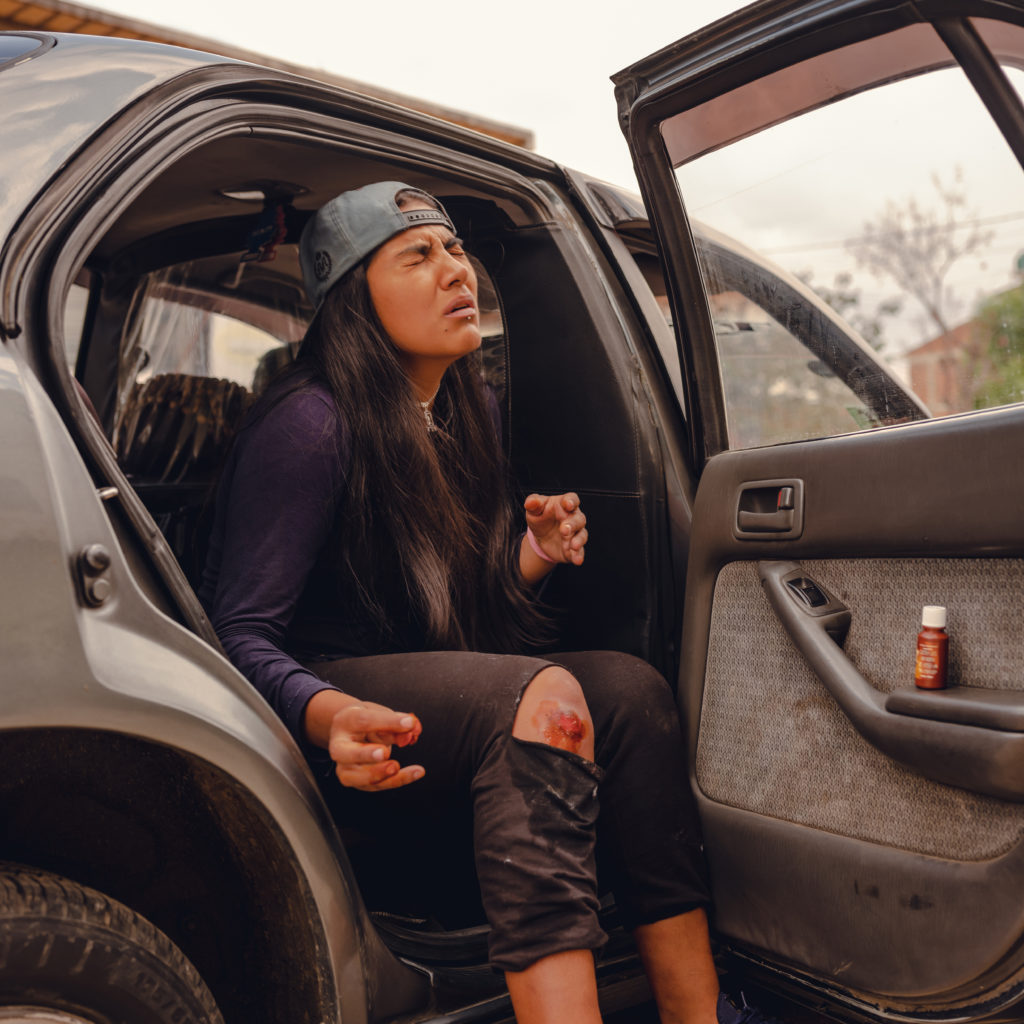
Huara Medina Montaño (24)
Huara started skateboarding when a child with her brother’s board. After it broke, she didn’t skate again until January 2019 when she met the skateboard world as an urban art. « When I returned to skating, I felt free, I felt like I was that little girl again, happy. I have never left it again. »
Huara mentions how important is the presence of her grandmother in her life. When she is dressed as a Cholita, she looks at herself in the mirror and sees the picture of her grandmother and it inspires her to carry on and become like her, a strong woman.
« I would like to be able to break the limits of expression and transmit to the entire world the richness that we could comprehend through this sport and the love to our culture together… the principles, the knowledge… To create a new way of thinking for a new society. »
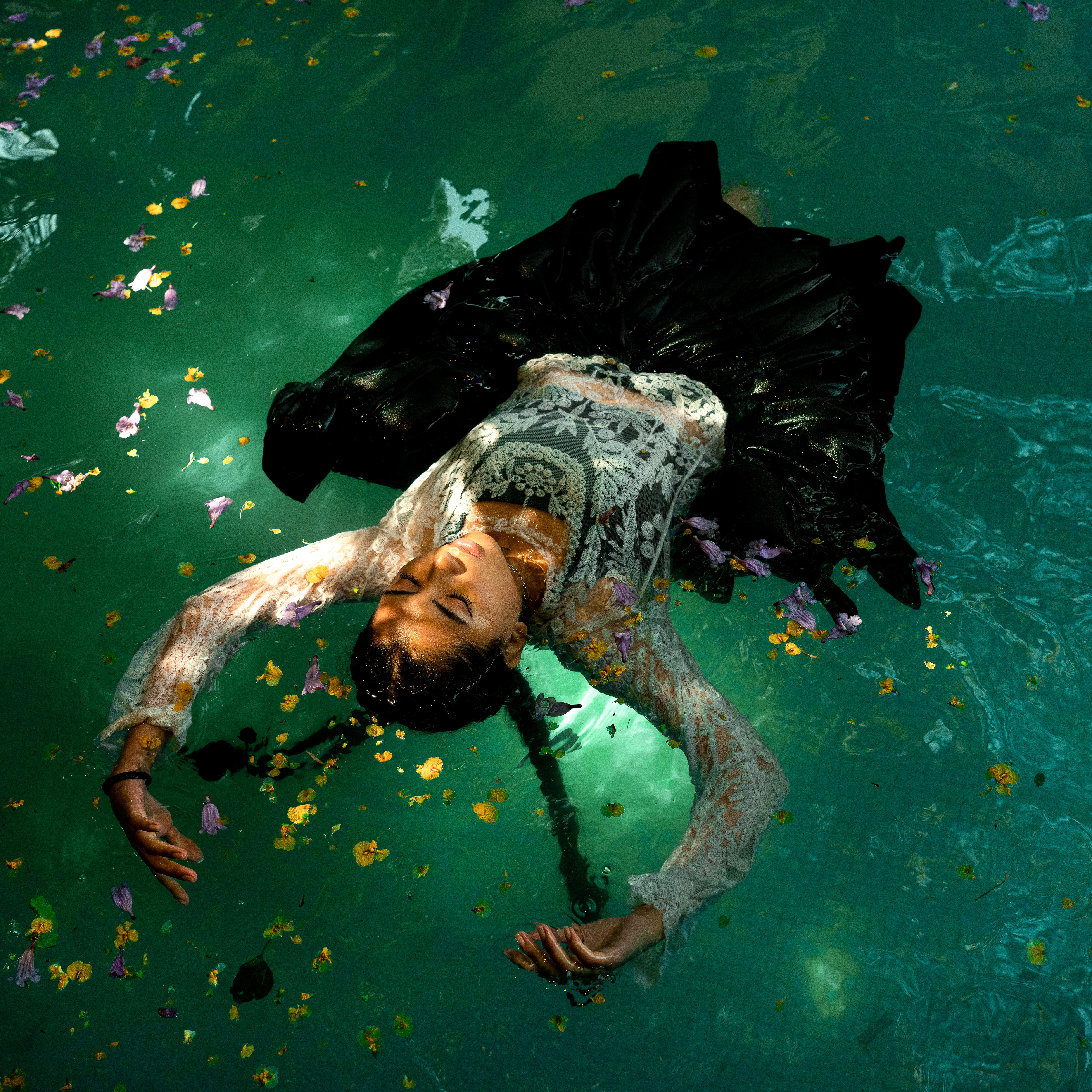
Ellinor Buitrago Méndez
She started skateboarding after she finished High School at the age of 18.
The Polleras are a symbol of strength and fight, they carry a legacy of resistance and through their persistence they conquered respect. She says that the beauty of being skateboarders wearing Polleras is the way that it transmits a message, specially to all women, that one can do whatever they feel like and create a unique way of evolving and at the same time preserving who they are.
Polleras are considered strong women because of their history. During the colonization, there was a war against the Spanish. The men were killed, so the women had to fight. They formed resistance against the new government at the hill of Coronillas. In honour of these women, who together with their kids, confronted the military, mother’s day is celebrated on the 27th of May, the day of « Heroínas de la Coronilla
» says Ellie.
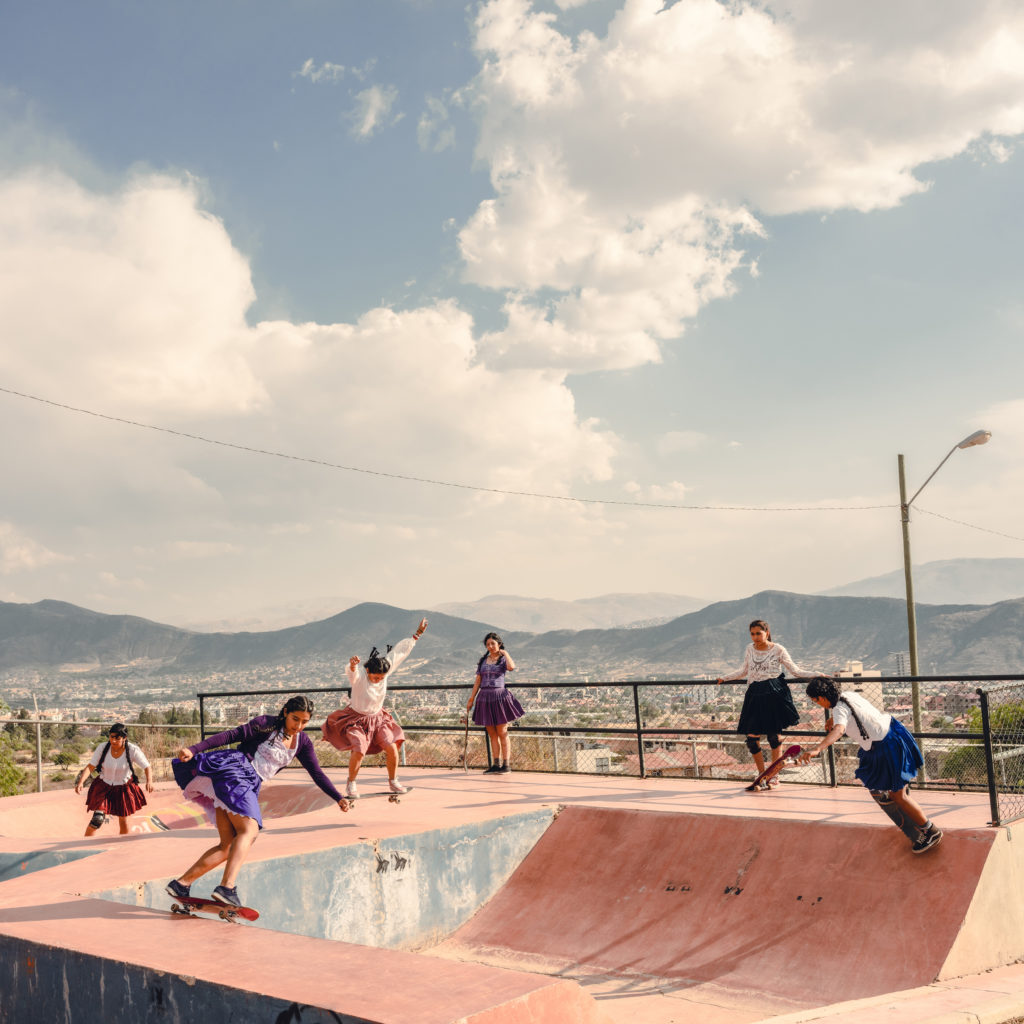
« This park is called « SENAC » by local skaters. It was built around 2014 on the heights of Pacata Alta, Cochabamba. The intention was to copy the « El Niño » skatepark that was recently demolished in the hearts of the city ».says Dani.
ImillaSkate got there when they were looking for different places to have skate sessions. This park is very special for them because they had fun times skating there, it has an amazing view and it’s quite calm since it’s located far from the city. Even though it’s not well built and doesn’t have the correct construction measurements either, it’s still a very special spot for them.
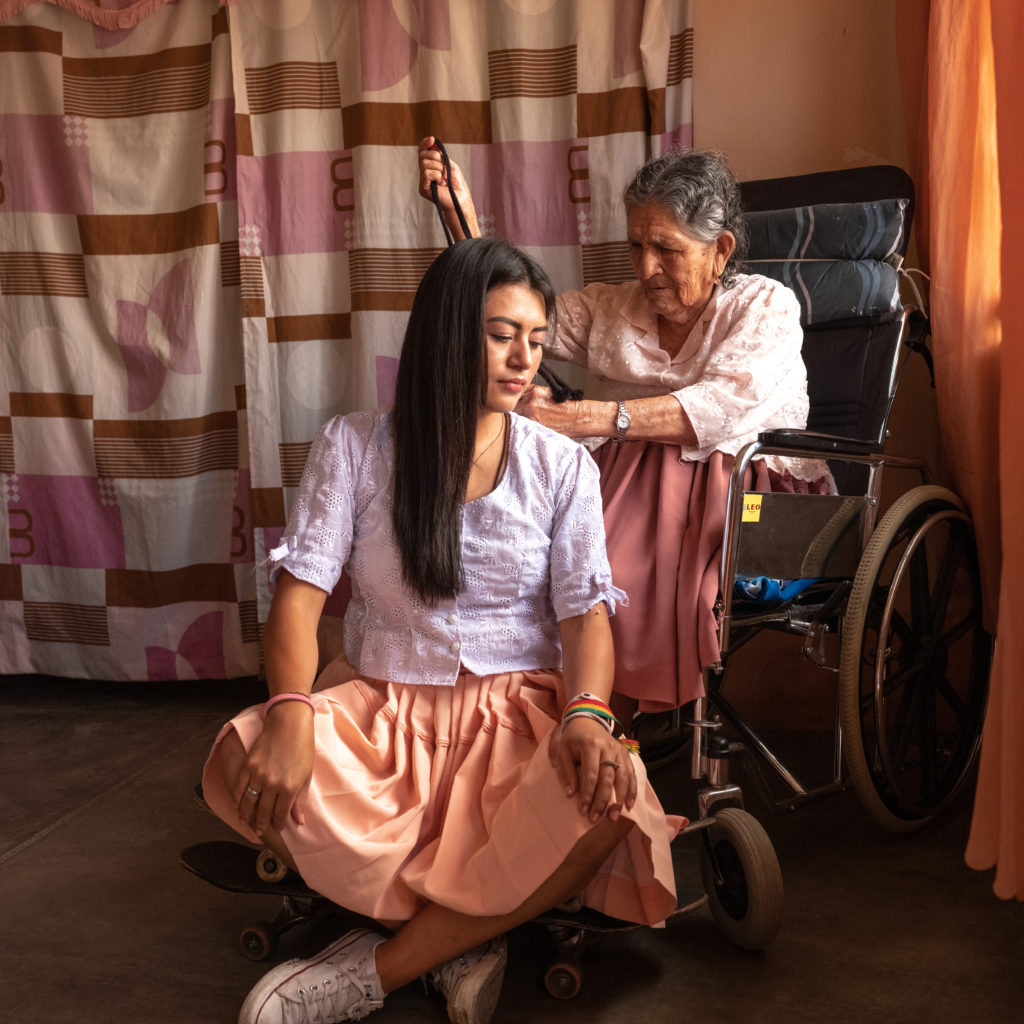
Luisa Zurita wearing her grandmother’s Pollera
Luisa’s grandmother was raised in the Pollera culture. She had 7 children, 5women and 2 men. Her mother and her aunts didn’t wear the polleras in their upbringingIn 2016, Luisa started skateboarding but her family didn’t approve her passion for the sport and forbade her from practicing. She had to fight her own family to be able to continue skateboarding. ImillaSkate were invited to a local popular tv show, that was when her grandmother found out that she continued practicing. Finally, after the tv show appearance, her grandmother gave her the blessing to follow her dream and passed on to her one of her favorite Polleras, the one she chose to wear to skateboard.
Luisa Dörr is a Brazilian photographer whose work is mainly focused on the feminine human landscape. Through the quietness of her storytelling, she uses the portrait as a vehicle to tell narratives, and explore the complexity of human nature and femininity.
Dörr’s photographs have been published in TIME magazine, National Geographic, The New York Times, PDN, GEO, Wired, among many others. She’s had exhibitions in Brazil, United States, Spain, France, Portugal, England and Russia. In 2015, Dörr was selected for LensCulture Emerging Talent. In 2018, she won POYi Documentary Project of the Year, ‘FIRSTS’ for TIME Magazine and Magenta Flash Forward Award with Maysa’s story. In 2019, she won 3rd prize with Falleras for the portrait stories category of the World Press Photo Award.
Based in Bahia, Brazil, Dörr is currently working on long term projects related to racial rights and the role of women in the agrobusiness. Parallel to these projects, she photographs for assignments worldwide
